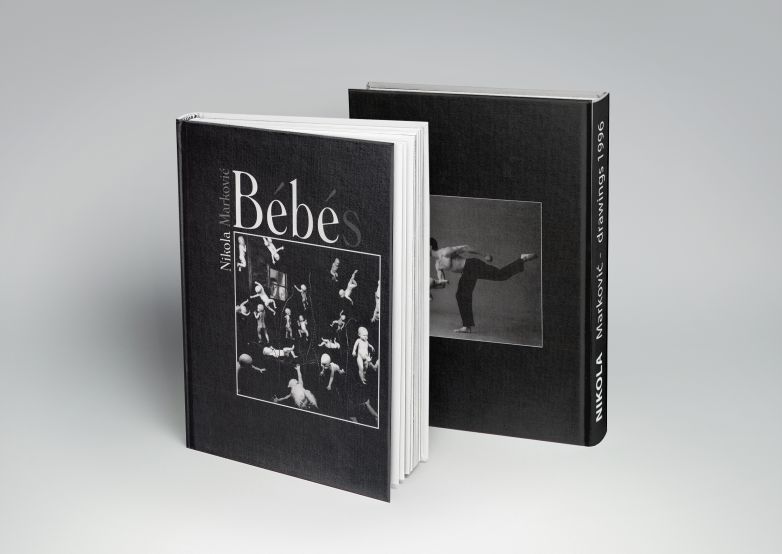- Published in Publications
Part of the interview ''PRISONER ON A WHIM'' july 1993 with Olja Bulatović
Drawing - that's the beginning. Is it this that distinguishes your art?
- My perception of drawing is dry and sharp - like the wind. Painting is damp, it is water. I can't even walk yet, and it takes a long while to get to the water, to grow to want it. It is more and more difficult for me to speak about drawings. Moreover, I feel the need to touch on my whole life, to evoke all my memories, and still not to be sure that I even get close to the authenticity of the moment which comes about and remains attached to each of my works. In drawing I attempt to find a new experience of sincerity and tangibility. Emphasis on the visual touch comes from my belief that it is one of the key devices with which we perceive beauty.
Can you explain the ways that led you into the world of art? Was it a matter of education or perception?
- We recognize art through our relation with it. In order to comprehend the world of art it is not sufficient to study this world only but also the one who creates it (the artist). So, according to our knowledge, the mode of perception alters too. Ignorance of truth creates a senseless human striving for explanation and comprehension. Misuse of this striving severely cripples the ability to perceive outer impulses. Artistic events are inexplicable. They are a battery of conscious intuition which rouses and sublimates our inner experiences. These experiences are one of the most important steps in spiritual development. The present is lifelong and if we are not sincere in experiencing this truth, then we are not living. Such life is nothing but vegetation, illusioned with false worries of what was and what will be. Looking at ourselves through other people's eyes prevents us from seeing how blind we really are.
Is it difficult for an artist to reconcile and harmonize the world he creates and the one he lives in?
- The true status of the artist today is that he is a prisoner of his own whim. He was not put in a cell. He deliberately imprisoned himself. Inside this cell, he is alone with his own self. This communication brings about new creations, making it a necessity for him, the urge to get up in the morning, to live, to think, to look around, to create. It is never the case that the artist is not understood, he is only unknown. That's why it is almost a sin when people take advantage of the artist completely unaware of who he is. The artist must rebel against the world which is offered to him because his refined sensibility reveals to him what this world could really be like. A general conception of freedom of ideas personifies the possibility that such a world might exist.
Do you agree that art is not creating the new, but merely reshaping and complementing that which already exists?
- The strength of the artist's life lies in his vision, in the ability to consciously select ideas from his life's experience, using fantasy and intuitive imagination. They emerge from the contemporary relationship between our conscious and unconscious life and become embodied through reality, including our physical body which acts as a weapon of the moment which they more or less depend upon. My perception of the human body is that it is the material part of that energy which provides for the shape, adapted to the outcome of our ephemerity and present abilities. Perception of art is close to anxiety. It asks questions after the answer, not through a thought but through experience. My understanding of development and progress in art does not primarily refer to expanding borders, but to learning what they are.
What is more important in the process of creation - to embody an idea or to find a good technical solution?
- I am trying to introduce a slight innovation and make people ponder upon it. Each of my works first undergoes a rough-and-ready observation, then a detailed one. Technical issues sometimes occupy my thoughts but are basically secondary to my work. While connecting the paper to the pencil (they appear to be a logical unity at times) I only move towards envisaging the drawing before any direct involvment in the process of creation is made. I am happy about one particular emotional basis maintained in my work, but what I still expect to do is to sublimate existing work through continuous effort and ever clearer ideas.
So, the essence is hidden behind the physical appearance of the drawing which provokes the observer to look for it deeper inside, provided he or she is capable of doing so?
- One of the most precious features of a work of art is in the ever-changing angles which the observer can see it from. Focusing on the impression that the physical foreground of a drawing creates, I started to develop tangibility and directness of form. It gives me great satisfaction to bring together things completely different in their artistic expression.
